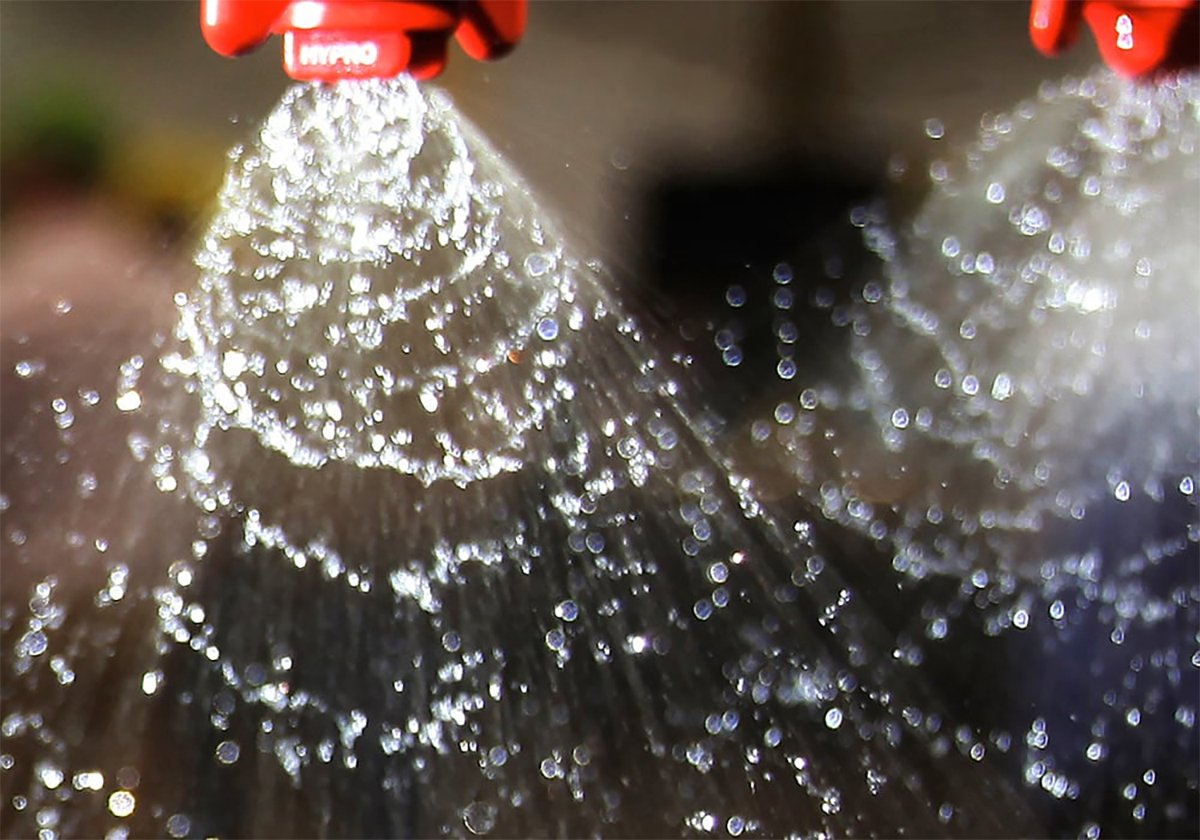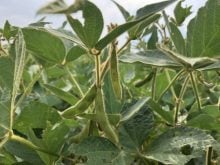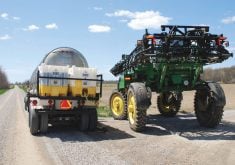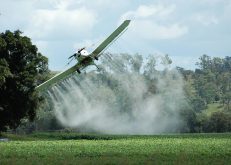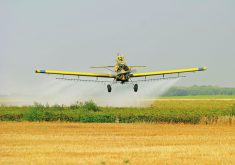WINNIPEG — American farmers could be spraying dicamba on their soybean fields next year, if a proposed registration becomes reality.
In July, the U.S. Environmental Protection Agency said three dicamba products were safe for use on dicamba tolerant (DT) soybeans and cotton.
Related story: Proposed dicamba restrictions please expert
Read Also
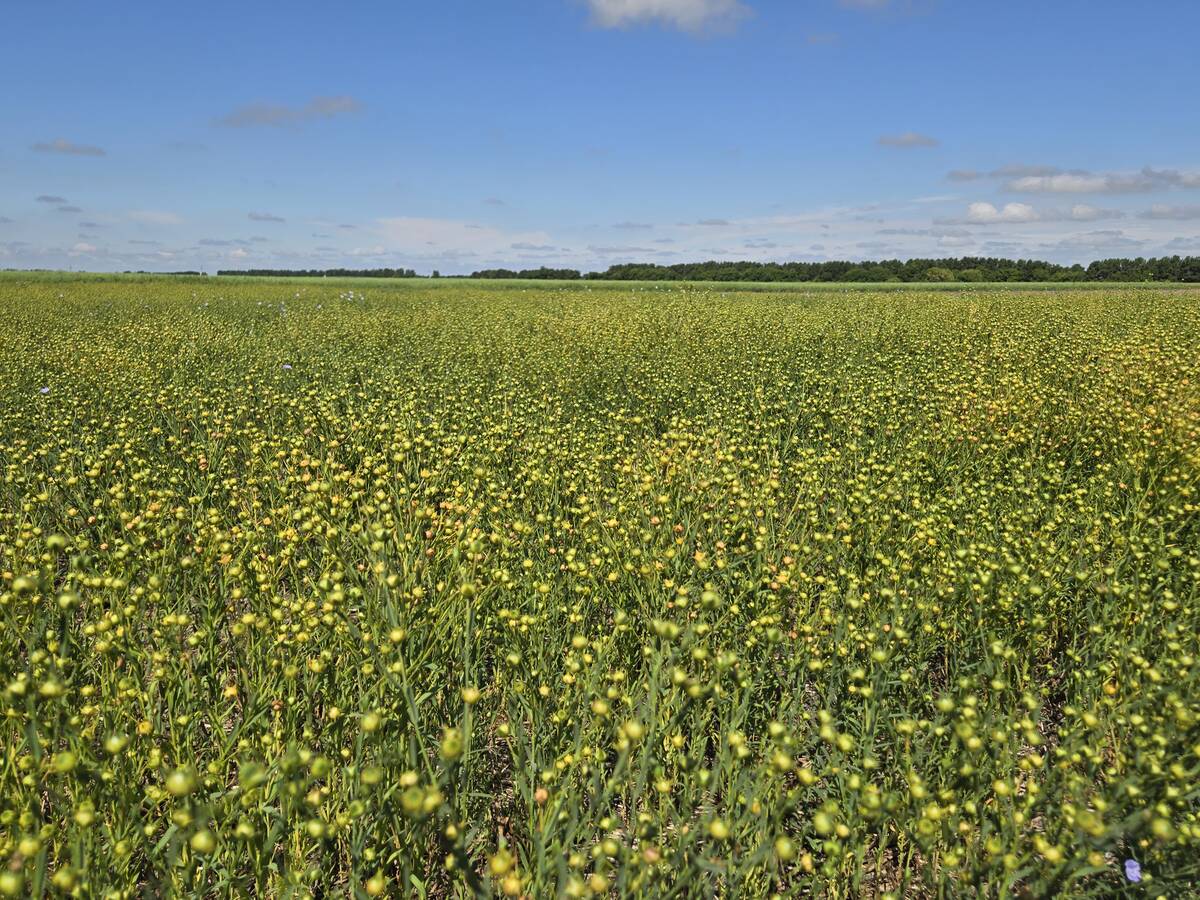
Seed treatment targets flax stands
Researchers at Manitoba’s crop diversification centres are completing a study on flax seed treatments, investigating whether the products can improve crop emergence and plant stands.
The EPA would permit “over the top” (OTT) spraying of dicamba on DT soybeans and cotton, but the agency also proposed mitigation measures to reduce the risk of drift.
“Over the top” means the herbicide is applied to the crop after plants have emerged from the soil.
The measures to minimize drift include a 240 foot (73 metre) downwind buffer, using the right product and making adjustments for air temperature.
“(An) approved drift reduction agent and pH buffering volatility reduction agent added to the tank in higher percentages as temperatures increase,” the EPA says.
If farmers follow the recommended practices, it reduces the potential impact to certain species and preserves an important herbicide for farmers, the EPA said.
“OTT dicamba products have high benefits in both cotton and soybean for controlling these herbicide-resistant weeds and managing resistance to herbicides in the future.”
The proposed registration would reverse a U.S. court decision from January 2024, which effectively prohibited the use of dicamba in the United States.
A district court judge said the EPA violated procedures for public input for the registrations of three dicamba herbicides in 2020. That ruling removed the registrations, and American farmers could not use the dicamba herbicides in 2025.
The court decision affected Bayer’s XtendiMax, BASF’s Engenia and Sygnenta’s Tavium. Those products are lower volatility formulations of dicamba and are less likely to drift.
Dicamba drift became a massive story in 2017 as U.S. states investigated more than 2,700 cases of possible off-target damage from “dicamba related plant injury,” Reuters reported in November 2017.
In 2021, the EPA received about 3,500 reports of dicamba-related incidents, including more than a million acres of non-dicamba tolerant soybeans that were allegedly damaged by herbicide drift.
There have been fewer reported cases of dicamba evaporating and potentially causing damage to plants in Canada, which is partly explained by the scale of soybean production in the U.S.
American farmers routinely plant 90 million acres of soy compared to 5.5 million in Canada.
As well, the herbicide is more prone to volatilize in hot weather. As a result, the risk of drift is greater in a soybean field in southern Missouri than in a field in southern Manitoba.




